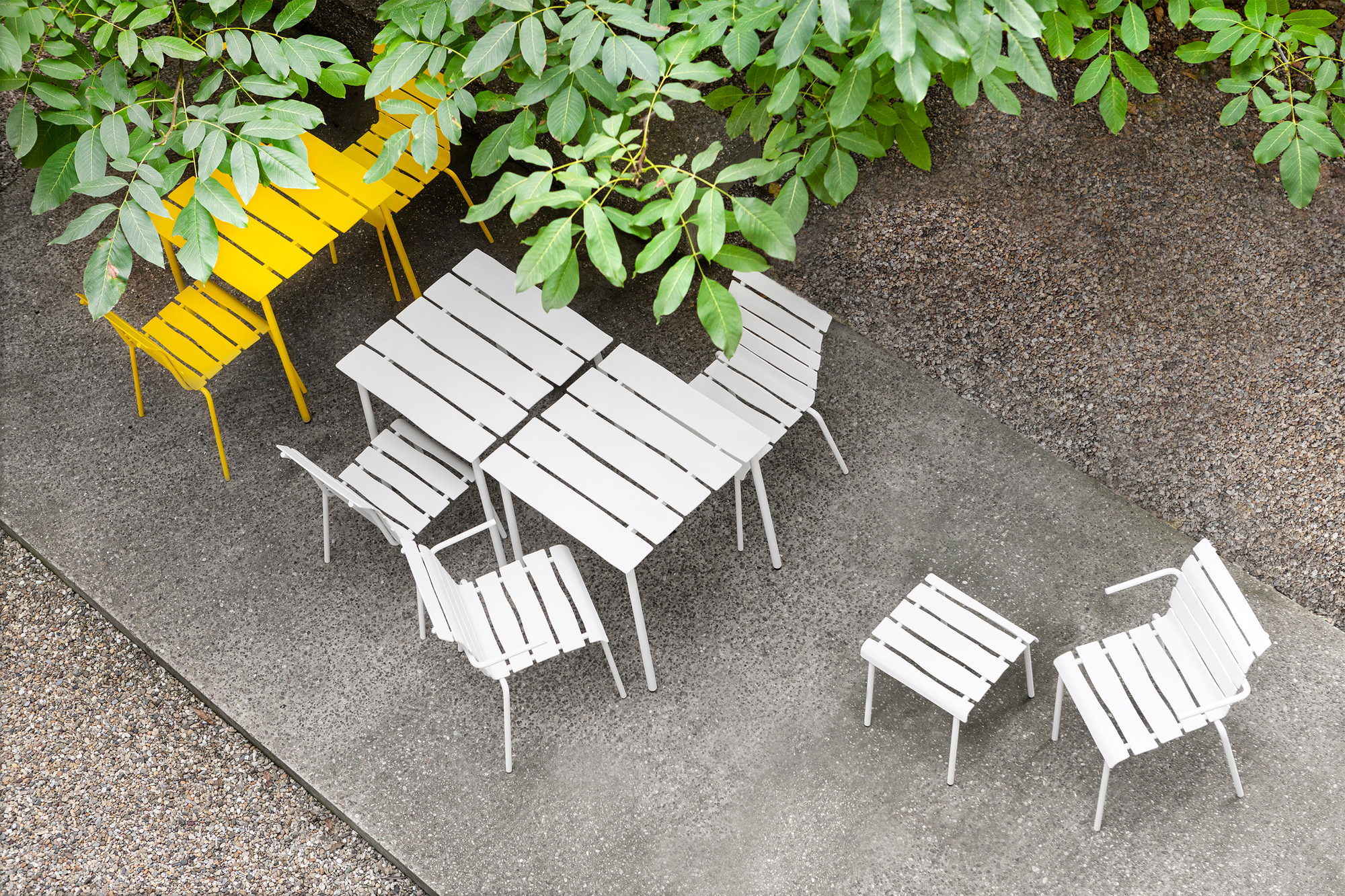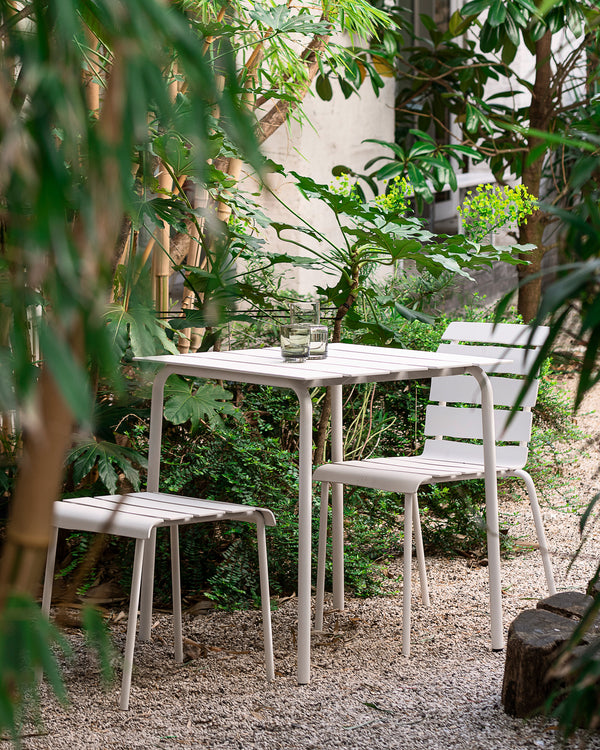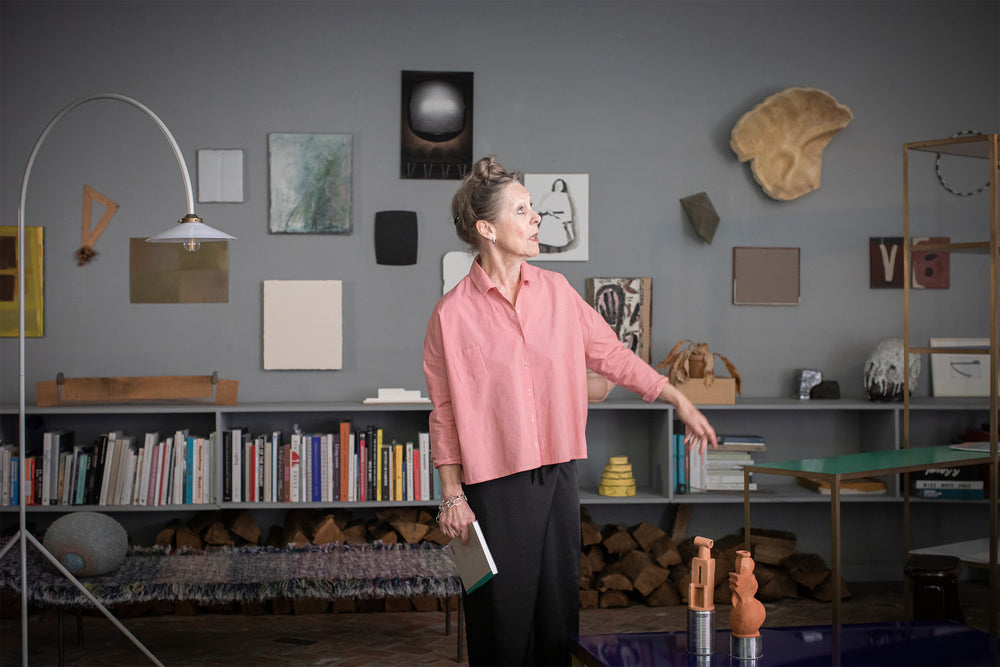Dutch designer Maarten Baas might just be one of the most renowned and influential designers of Europe, creating artful objects that celebrate spontaneity. Everything Baas conceives looks as if it were drawn by pencil, molded by hand or even thought of by a child.
We at valerie_objects consider it an honor to have a free spirit like him in our team. But how does his mind wander towards soon-to-be revered ideas?
We asked him.
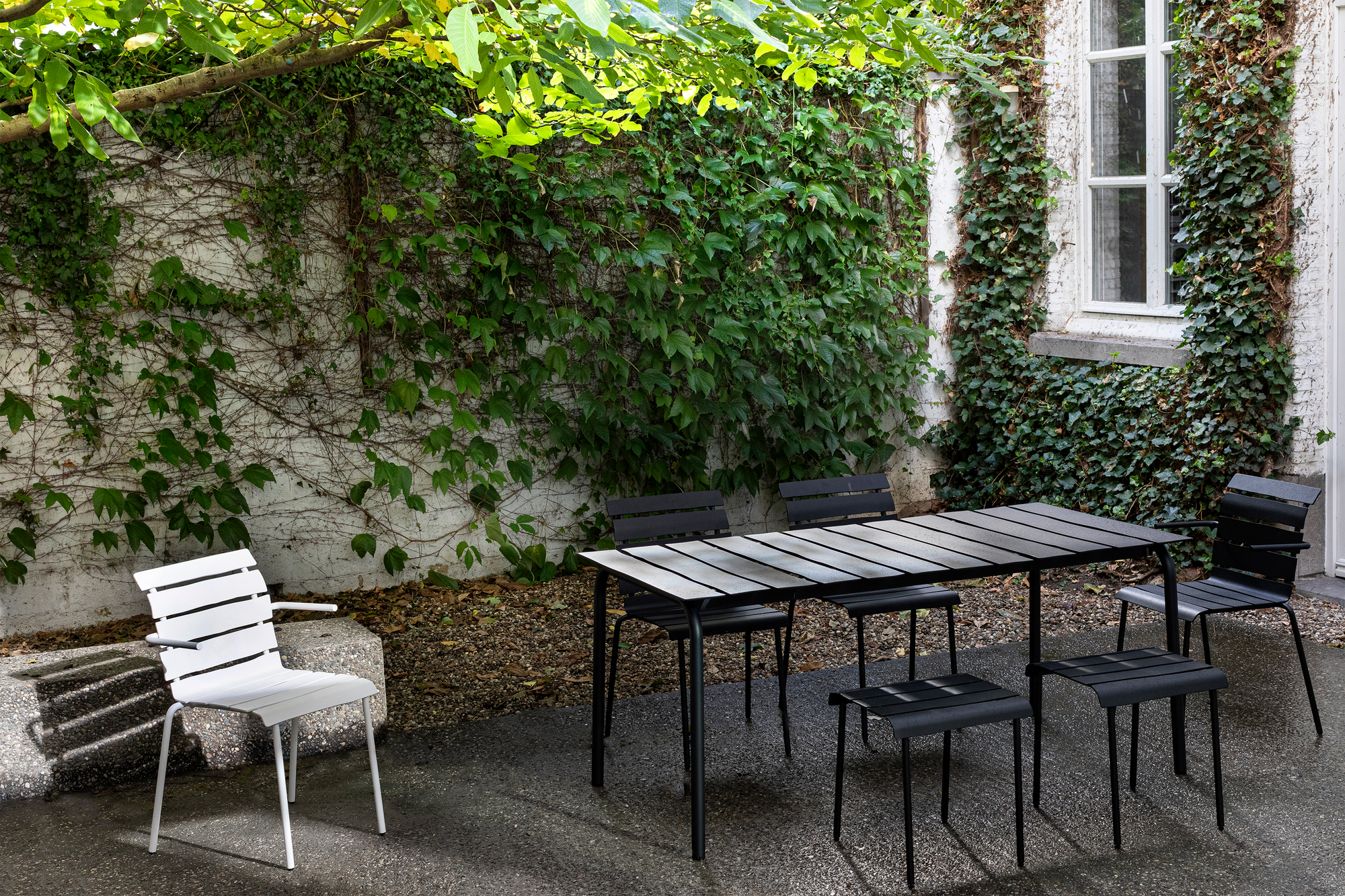
_Why did you, as a eighteen-year-old guy, chose to study design?
Maarten Baas: “I always felt I wanted
to do something within the field of the arts. My thoughts went to music, photography, film, acting, etc. When I discovered that there actually existed a discipline such as design, the penny dropped. Design encompasses functionality and the restrictions that come with it paradoxically offer a certain freedom of thinking and making. Design felt like it offered just the right balance. Over time my work has become more and more autonomous though, combining elements of different disciplines together. I feel that in the course of my career I’ve created a personal island: my work has become impossible to put into one category. It lies somewhere between design, art, performance, video and other disciplines.”
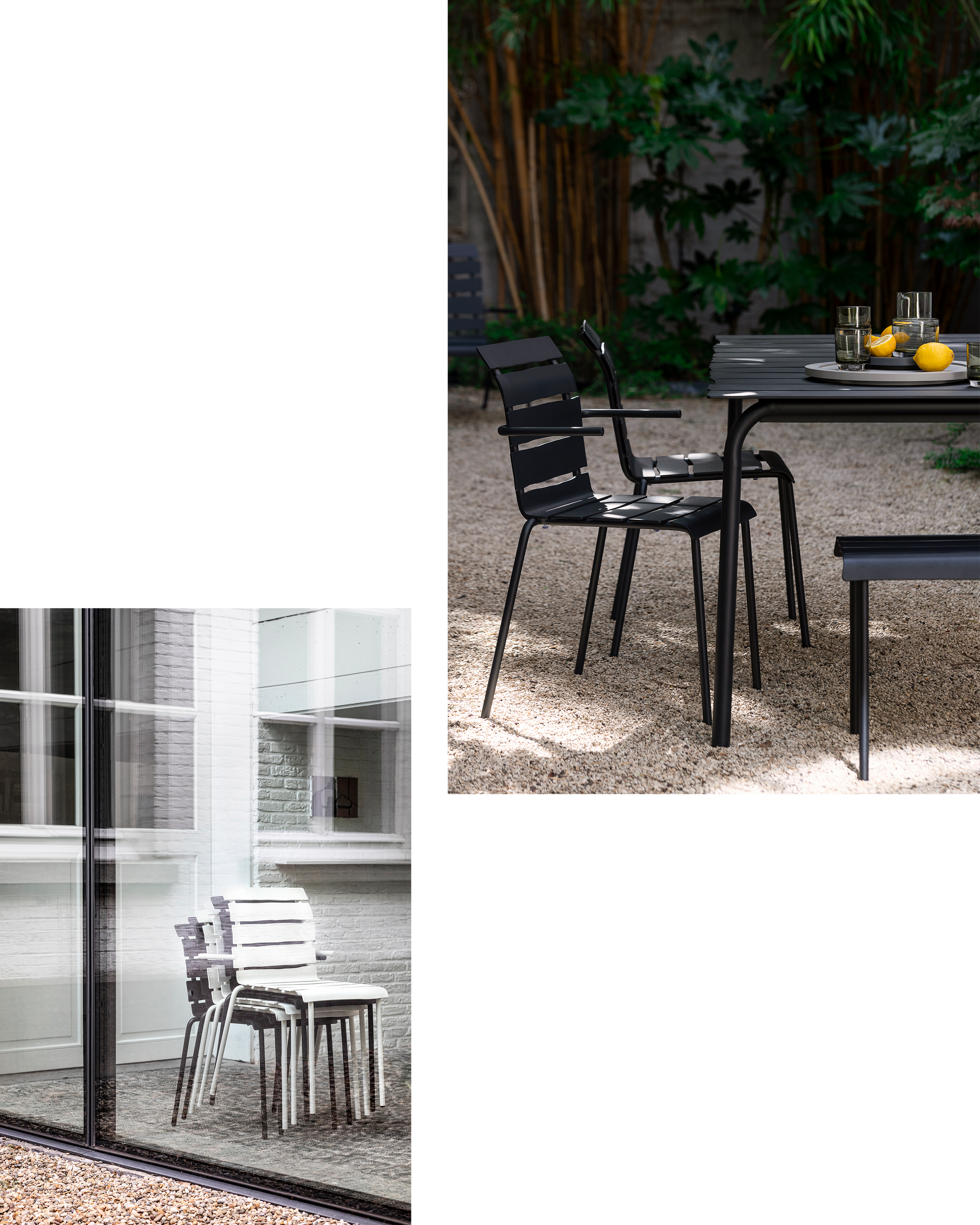
You graduated with SMOKE, a series of iconic design pieces burnt to charcoal and then lacquered with epoxy resin to regain strength and functionality. It was an immediate hit. Trendwatcher Lidewij Edelkoort even stated she got goosebumps when she first saw it in Eindhoven.
_Why do you think SMOKE appealed so much to the design world?
“For starters, I wasn’t thinking about creating something that would go like a bomb. I just did a project which I thought would be a good one. Afterwards it appeared to be a big hit. I believe it simply was the right statement at the right moment. At that time the design world seemed to believe that everything had been done already: a new generation of designers would not be able to add anything new to the discours. If people start thinking in that way then it’s definitely the time to do something radical, something that might even be frowned upon, to create space for new ideas. Another important factor is that I graduated just after 9/11, which made it a good moment for change. I believe that the fact that I was just a student, also added to the appeal. If an established designer would have done it, it wouldn’t have felt as radical as it did now. It was, in other words, a set of circumstances coming together quite well.”
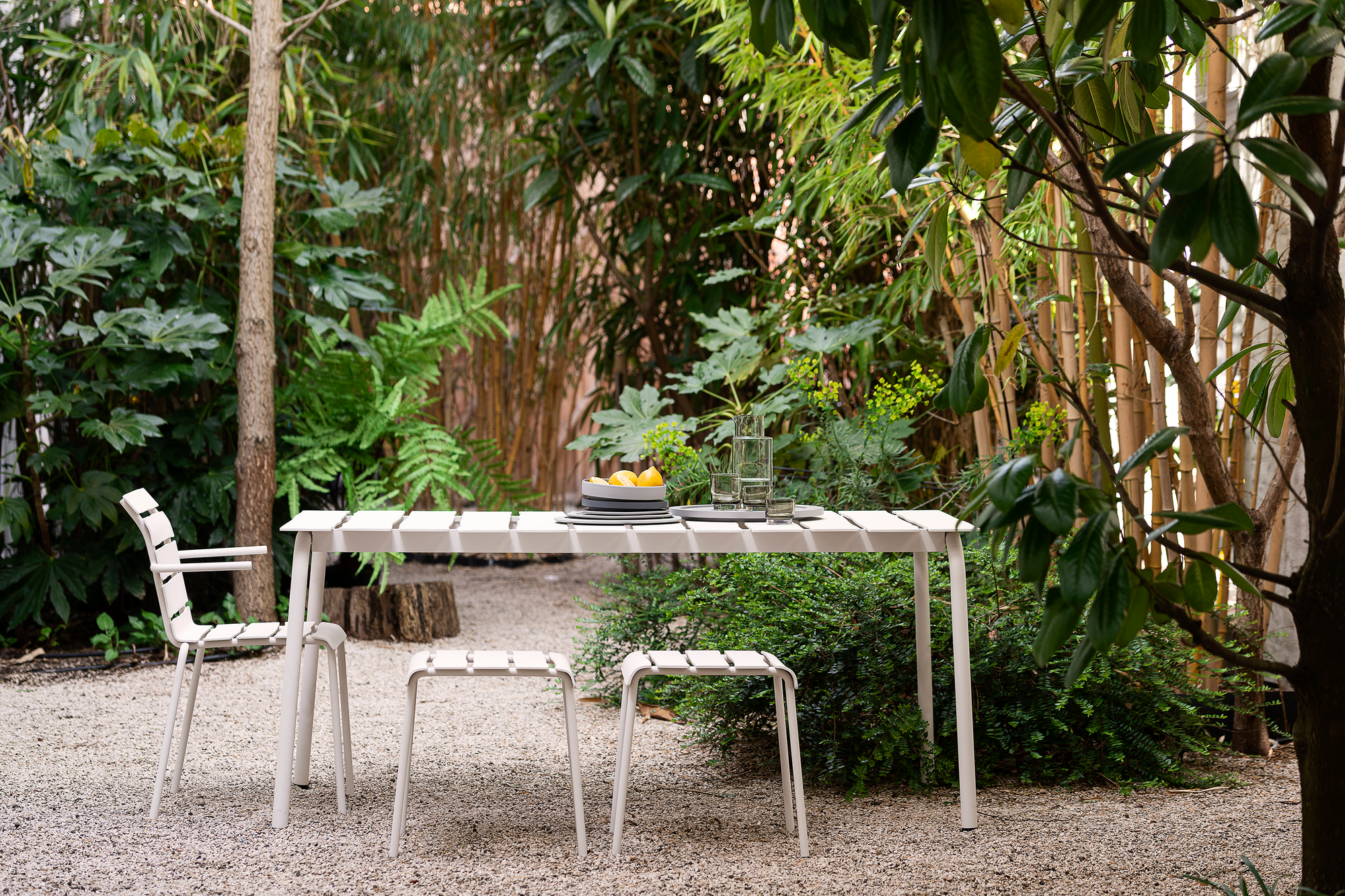
The holy grail within every creative discipline is a product that feels completely new and completely familiar at the same time.
_You have that gift. Please allow us an insight in your brain.
“I have no idea how my brain works. But I do intentionally create very comprehensible and accessible work. That’s the advantage of making functional objects: there’s a frame to
work within. Design is a certain language you speak as a maker. This language allows you to easily tell off-beat stories — as long as you use that language.
Regarding ideas: I don’t experience Eureka-type of moments. That’s for professors who chew perpetually on one problem and then, all of a sudden, see the solution before their eyes. I’m not really looking for any solutions, I just have a vision in my head of something that could become a striking image. Subsequently I try to recreate that image
in reality as convincingly as possible”.
You’re known as the designer of the sinuous, imperfect and crooked line. Your design almost seems to be drawn by a child.
_How did this become your signature?
“It all started with the project CLAY: furniture in the style of a four-year-old making a chandelier for her mother. I found that most design products were stripped bare from any form of spontaneity while it’s in fact a very important quality. Hence I reinserted it into my design in my own way. There’s a reason why spontaneity seldom occurs in design: machines aren’t made for it. They’re programmed to produce clear and straight lines. This makes my work all
the harder but it’s worth it.”
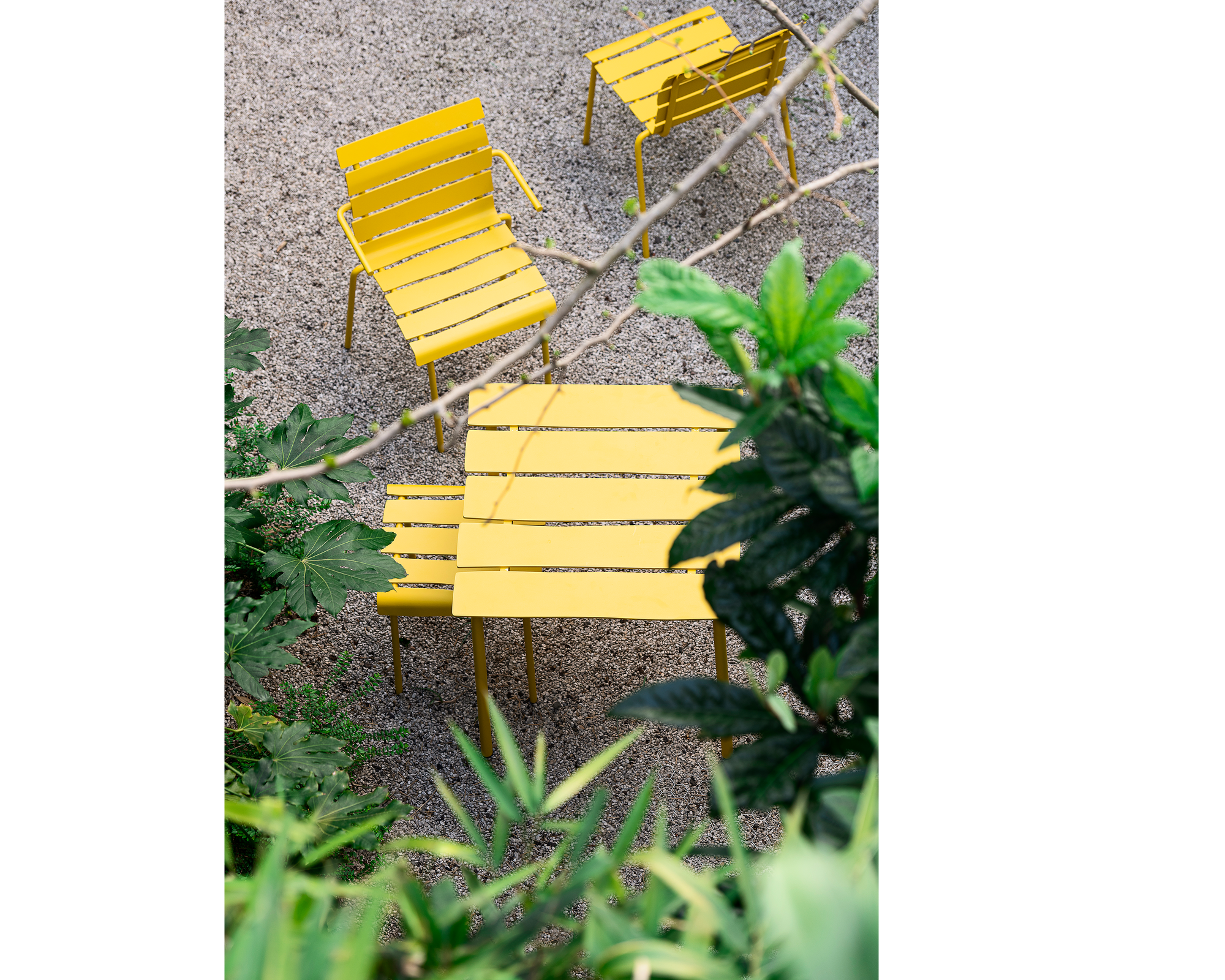
After creating beautiful cutlery and table wear, you recently designed a collection of outdoor furniture for us.
The imperfections that are intrinsic to your work match perfectly with the feeling of being
outdoors.
_What’s your connection with nature?
“I love being outdoors. Since about a year I own a farm just south of Lissabon together with a friend. It’s a property with various buildings where people used to work and live. We call it Downtown Palmela. Recently we planted eighty-thousand trees on its grounds and are renovating the houses. The main building will be a place where people can stay. We will also create a space for workshops for artists and there’s a huge piece of land where we will allow organic agriculture. This is all I can say about it because we don’t have any plans. But you’ll definitely see some valerie_objects furniture laying around there!”
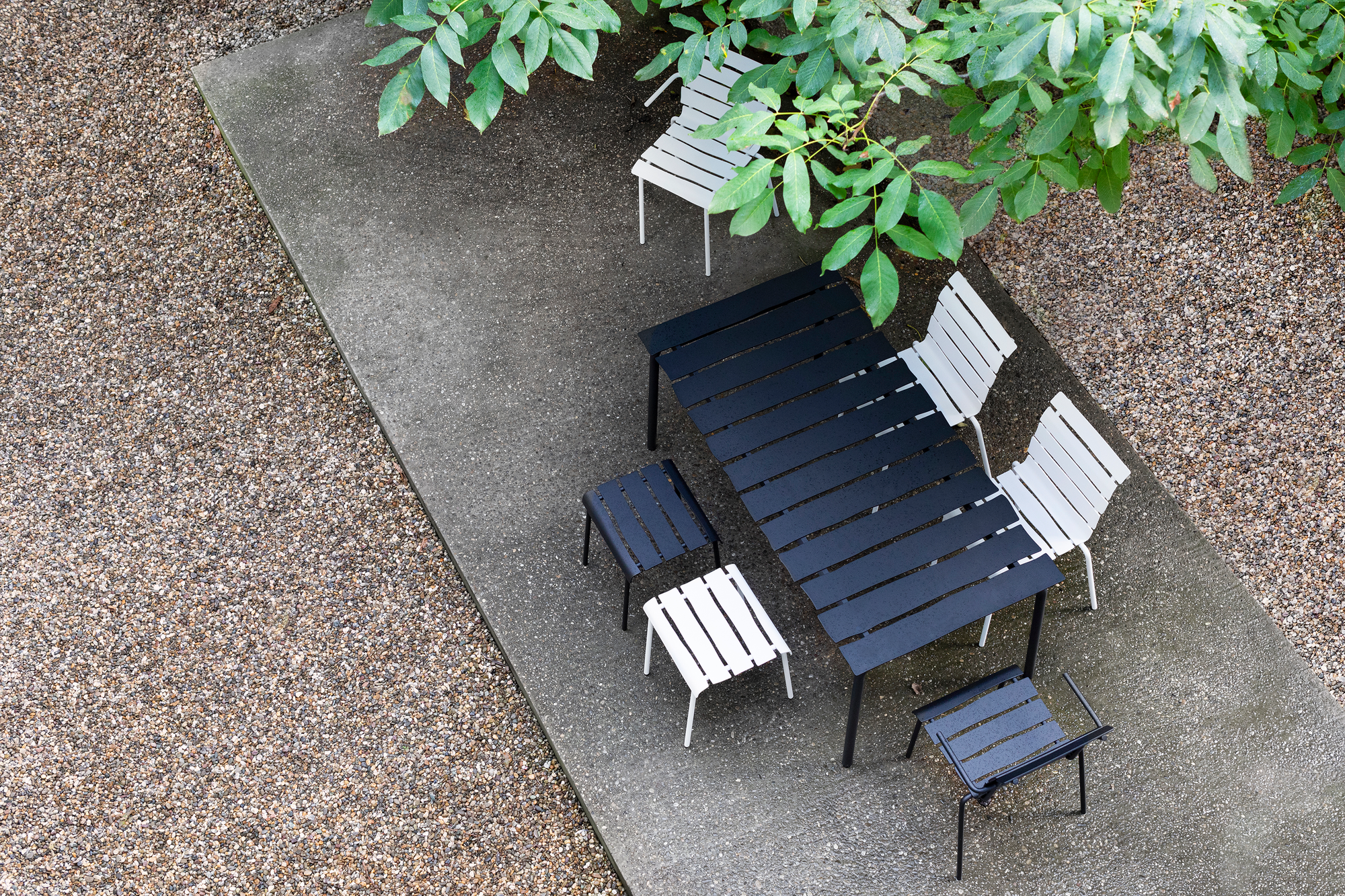
_Seems like the perfect place
to unwind. In contrast: describe an average workday?
“I strive for a twenty-hour workweek. Apart from that, no workday is the same. At the moment I’m in Los Angeles for a solo exhibition of mine. Every workday here consists of one hour of phone calls and emails followed by a few business meetings. When I’m in The Netherlands, I spend a few partial days a week at the workshop where a team of twelve employees make it all happen. Usually we have ten to twelve projects in different phases running at the same time. So for one project I have to meet a client to discuss some matters while another project requires me to experiment with a material and at the same time yet another project inclines me to make a decision on a particular detail. I wander from one thing to the other. And I like it that way”.
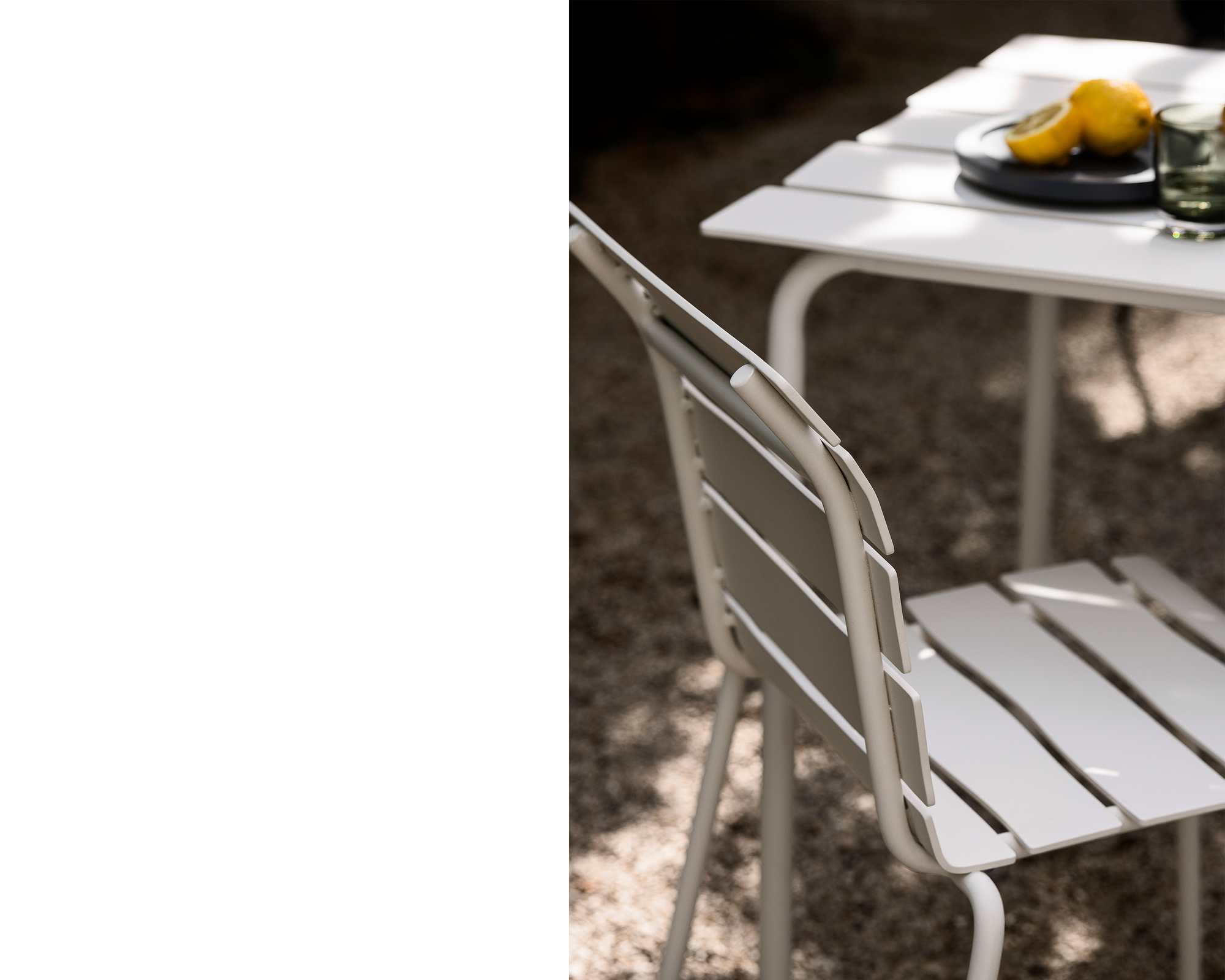
_Final question: you’ve collaborated quite a few times now with us. Do tell us why you chose for us.
“I always end up collaborating with companies who either have the guts to do something outside of their comfort zone, or have been appreciating my work already for a long time. Valerie_objects is a company of the second category. You guys respect my work and allow me to create exactly what I want. Often it simply starts with something I would like to make and then I’ll ask you and you jump on the boat.”
_We’ll jump a few more times
in the near future, we reckon.
Thanks!
